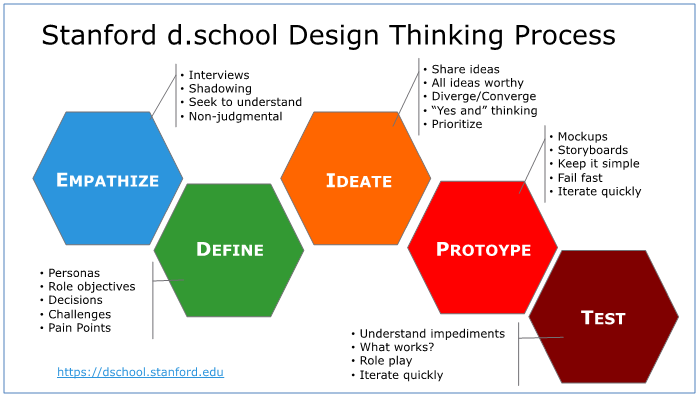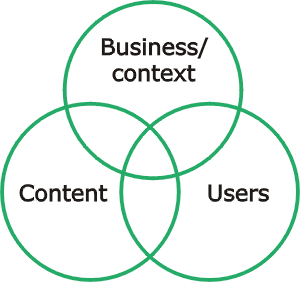
“When one tugs at a single thing in nature, he finds it attached to the rest of the world”.
John Muir
“This was supposed to be the summer of George”

On New Year’s Eve 2019, millions around the world were making resolutions of bettering themselves and enriching their lives. Finally taking the time to practice piano, adopt a vegetarian diet, and meditate every day. Personally, I wanted to take more opportunities to travel this year. I boarded a plane just once in 2019, from Phoenix to Burbank to see close friends graduate from college. Shortly into 2020, something happened that took us from bright-eyed and bushy-tailed to pessimistic, isolated, and stressed-out.
When COVID-19 took center stage in March, I have to admit that, as an introvert, I couldn’t help being slightly relieved that I had been given a legitimate excuse to avoid all social gatherings for the foreseeable future. Instead of trying to come up with lousy excuses or feign illness, I simply didn’t have to worry about going into the office, making social plans, or dating.
Having been a practiced pseudo-hermit, I thought that staying in quarantine from the world outside of groceries and the occasional stroll would be a cinch. Now, going on six months of the “Ronaissance” or the “Zoom Gloom,” the lifestyle that the pandemic has forced is taking a toll on my perception of the world in many aspects, one being social. Even with all the technology Silicon Valley has to offer at our disposal, can experiencing anything through a screen replace the benefits of real-world social interactions?
Like it, Love it, Gotta Have it
“Man is by nature a social animal; an individual who is unsocial naturally and not accidentally is either beneath our notice or more than human. Society is something that precedes the individual. Anyone who either cannot lead the common life or is so self-sufficient as not to need to, and therefore does not partake of society, is either a beast or a god. ”
Artistotle, Politics
It’s well understood that humans are social creatures. Even if you’re a self-proclaimed misanthrope, there’s a biological component to being human that necessitates some form of social connection. Maslow’s Hierarchy of Needs places psychological needs just above being fed, warm, and safe.

According to Maslow, humans possess an effective need for a sense of belonging and acceptance among social groups, regardless of whether these groups are large or small. Feeling love or having a sense of belonging is foundational to feeling accomplished and truly fulfilled. We know that there’s more to “success” than money, and only we can define what that means for ourselves.
As a society, we’ve been staying connected more than ever before in the last 20 years or so, mainly through social media like Facebook and Twitter. We’ve also stayed connected through the help of things like online video games, where conversations can range from catching up with your friends to yelling profanities at your virtual enemies.
The main way we are “staying connected” during COVID appears to be through a variety of video calls. We use Zoom for work, FaceTime or Google Hangouts for friends, and maybe throw an app like Houseparty in there for good measure. We have a lot of chat-based apps like Discord or Slack that can simulate real-time talking with people all over the world over text or video, but are these options good enough for us to satisfy our needs for social connection?
One is the loneliest number
You may have heard that in our increasingly remote age, there is another epidemic taking place globally: loneliness. It’s really interesting that even though we’re more connected than ever in numerous ways, we’ve also never been more lonely.
According to Dr. John Cacioppo, a Professor of Neuroscience and director of the Center for Cognitive and Social Neuroscience at the University of Chicago, the physical effects of loneliness and social isolation are as real as any other physical detriment to the body — such as thirst, hunger, or pain. He says, “For a social species, to be on the edge of the social perimeter is to be in a dangerous position.” It’s specified that to satisfy our need for social connection, we need to be around people we actually like or care about. Unfortunately, taking cover behind shopping aisles to narrowly avoid your talkative neighbor at the grocery store doesn’t really fit the bill.
In part of a 2007 research report from Wellesley College, it’s described that scientists in the fields of psychology and psychiatry “…have now really determined, without a doubt, that our brains are hardwired to connect: that we have mirror neurons that fire in response to the firing of another person’s neurons; that we actually have parts of the brain that atrophy in isolation.”
We can look at the importance of human connection when it’s especially important, when we’re growing up. Our familial relationships and friendships, among other factors, are crucial to a healthy prefrontal cortex development, and helps to set us up well for our future both mentally and physically.
There’s not an app for that, yet

Social media is a double-edged sword. In smaller doses it can be highly valuable, but social platforms are designed to keep you engaged and become addicted. Technology has been able to help us become more social online, but when you throw something like a global pandemic into the mix, we can see that it’s only come so far. I don’t believe the fulfillment of our cognitive needs by social stimuli will come from a download in the app store, but we can’t let our thinking be constrained by that.
I’m not going to throw the technological baby out with the bathwater and say technology can’t help solve this problem. Rather, it can help put us on the path to a solution. I can imagine a future where I can have coffee with friends of mine in my kitchen without them actually being there. I’m thinking that the holograms of Star Wars aren’t that crazy of an idea after all.
Ask yourself, “How can we be with other people without being with other people?” and you’ll get a lot of answers involving looking at a screen or texting. In the future, and not necessarily a distant one, we might be able to have dinner with friends in a different state or country without looking at them on an iPad. We’ve seen demonstrations of projections occupying physical space before, so it’s not entirely out of the realm of possibility that technology will be leveraged for this type of problem.
I think when dealing with such large and extensive problems like global loneliness, it requires more than one solution, and we can’t simply just “How might we…” ourselves out of it. Design-thinking and human-centered design can and will definitely help move the needle of solving humanities’ big issues, but we shouldn’t fool ourselves into thinking one group of people will have the metaphorical light bulb over their heads and save us all.
Where to go from here
The COVID-19 pandemic has exposed numerous issues in our society, from education and healthcare, to economic and social. My hope is that instead of just racing for a vaccine and trying to move on with our lives, but that we also take the time as a society to learn from this experience. COVID-19 didn’t directly cause some of these problems — it simply revealed them.
Staying connected is a problem that has plagued us as a society since social media really took off. If I can get a hit of dopamine from a like on my tweet, why do I need to waste my time at a bar with friends? There are psychological and physiological reasons why spending time with people in person is important, and maybe as research continues we might find other ways of socializing with similar benefits.
I don’t believe that as of this time, staying connected virtually can take the place of in-person social gathering. However, for public health reasons it has to be our obligation. It’s moderately helpful mentally, that there will be a time in the hopefully not-too-distant future where we are able to spend time with people in person again.
As someone who doesn’t consider himself particularly social, I’ve acknowledged that I need some real face time. I took a lot of my in-person experiences for granted before the pandemic, such as going to the office, going out to eat, or to the gym. We’ve been given an opportunity for all of us to really experience a problem in our society, and we owe it to ourselves to give it a proper examination for potential improvements to the way we live.














